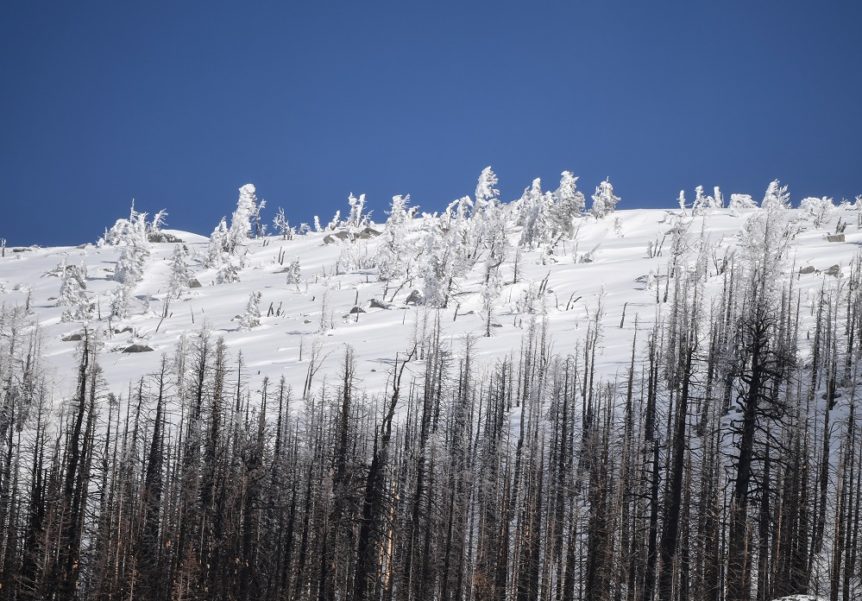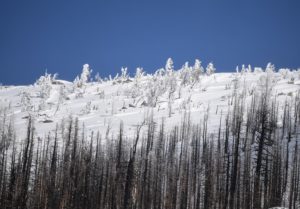The fourth snow survey conducted by the California Department of Water Resources (DWR) demonstrated a record-breaking snowpack. At Phillips Station, measurements were recorded of 126.5 inches of snow depth and a snow water equivalent of 54 inches. The April 3 survey results reflected 221 percent of the average for that location. Manager of DWR’s Snow Surveys and Water Supply Forecasting Unit, Sean de Guzman explained that the number is even greater on a statewide basis. The statewide automated snow sensor network is reporting 237 percent of average to date.
“There have only been three other years where our April snowpack has been greater than 200 percent of average in April. Those years were 1952, 1969, and 1983,” said de Guzman. “As of right now, it’s looking like this year’s statewide snowpack will probably, most likely be either the first- or second-biggest snowpack on record dating back to 1950.”
FLOOD CONCERNS MOVING FORWARD
By comparison, last year’s April snowpack was measured at just 38 percent of average. The series of atmospheric rivers that California experienced has changed the state’s outlook significantly. DWR explained that they have shifted focus to flood response and forecasting for the months ahead. “We’re currently forecasting record-breaking spring snowmelt in the Tulare Lake region; which is ranging anywhere between 265 percent of average in the Kings River watershed upwards to an absurdly high 422 percent of average for a snowmelt runoff for the Kern River watershed,” de Guzman explained.
The weather over the coming weeks will have a major impact on how the record-breaking snowpack will affect flood risks. The Southern San Joaquin Valley in particular is facing a severe flood risk. DWR’s State-Federal Flood Operations Center is supporting emergency response activities. The spring snowmelt season could bring significant challenges, as the state’s water infrastructure faces a substantial influx of water. “Our statewide reservoir storage is currently at 107 percent of average and we’re expected to capture even more storage once this snowpack eventually melts later on in the spring and summer,” said de Guzman.











